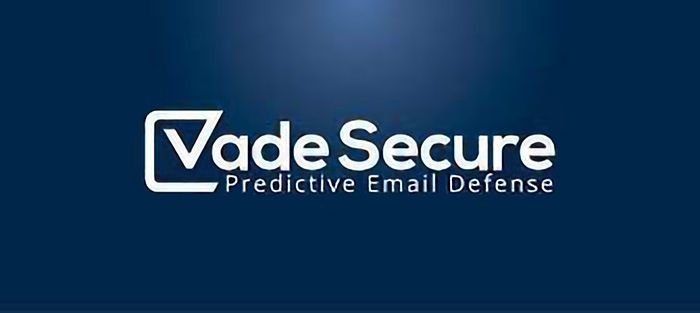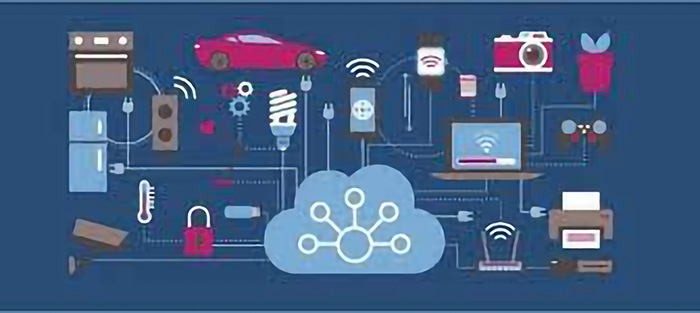In the days before its Worldwide Developer Conference, Apple was surprisingly open (for Apple, at least) in leaking information about their iCloud offering. Various media reports indicated that Apple had wrapped up negotiations with the four major record labels in the US in order to “let” users upload their music to the new iCloud, whereupon those users can play their music from any Internet-enabled device. This is similar to Amazon’s Cloud Player and Google’s Music Beta services, except that in Apple’s case, they have the music industry’s blessing for users to store their own music on Apple’s cloud. Amazon and Google do not, and there are various legal cases happening now that will ultimately establish where user rights begin and end.
There’s only one real hitch with all of this hype surrounding the new cloud offering from Apple: it’s not really a cloud offering at all. As a veteran vendor in the cloud, I see this all of the time. Someone sticks the word ”cloud” in front of some idea or product and all of a sudden there’s VC investors and press releases flying about praising it as the greatest thing since sliced bread.
In the case of iCloud, there’s little doubt that this is nothing more than a streaming media platform. The record labels’ involvement is more than just an implicit blessing for Apple; very likely when a user’s track begins to upload, it will be matched with Apple’s existing music collection and made accessible to the user, instead of actually uploading the file in a slow and arduous way. Very likely the only thing that a user will have to upload is their existing iTunes database.
So, yes, there’s remote storage. But that and fancy web interface does not equal cloud. Even taking on some form of Apple’s MobileMe service, which hasn’t done well against other storage services like Dropbox, won’t cut it.
This is not a new solution. Even in 2009, analysts and media were increasingly suspicious of what was called “cloudwashing”: the art of slapping the cloud label in front of any existing technology to see if it will stick.
Meanwhile, the real cloud continues to grow.
On May 31, Fujitsu launched its infrastructure-as-a-service (IaaS) platform that will offer users the whole stack—computing, networking, and storage—all through a self-service web portal.
Earlier in May, IBM rolled out its SmartCloud Enterprise IaaS cloud service as a clear effort to reenergize the hybrid and private cloud sectors. A week later, AT&T announced planned cloud investments of US$1 billion in 2011, “to deploy next-generation services for businesses ranging from the smallest firms to the world’s largest and most sophisticated multinational companies,” according to a press release.
This week, Sony announced their own software as a service (SaaS) offering that is centered around their video analysis software and the works of partner Envysion, Inc in order to deliver a cloud-based security management system.
And media reports are also indicating Microsoft is expected to officially release Office 365 on June 28.
Meanwhile, we’re expecting something new in the cloud soon from HP after Scott McClellan, chief technologist and interim vice president of engineering for HP’s new cloud services business, blabbed HP’s cloud plans on his LinkedIn profile in early May.
All of this news is indicative of what the cloud really is: automated, on-demand services delivered to customers when they need them. It’s not glorified plans for consumers looking for a place to park their digital media. This kind of marketing hype should not be confused with the true cloud.
Admittedly, it’s not all hype. Apple must be running something cloud-like to run this service, so it will be interesting to see if any new innovations are forthcoming from Apple’s iCloud hosting experience. That is, if Apple is ever willing to share.
But when it comes to cloud and your business, make sure you can separate fiction from fact and not get carried away by the notion of the cloud.





